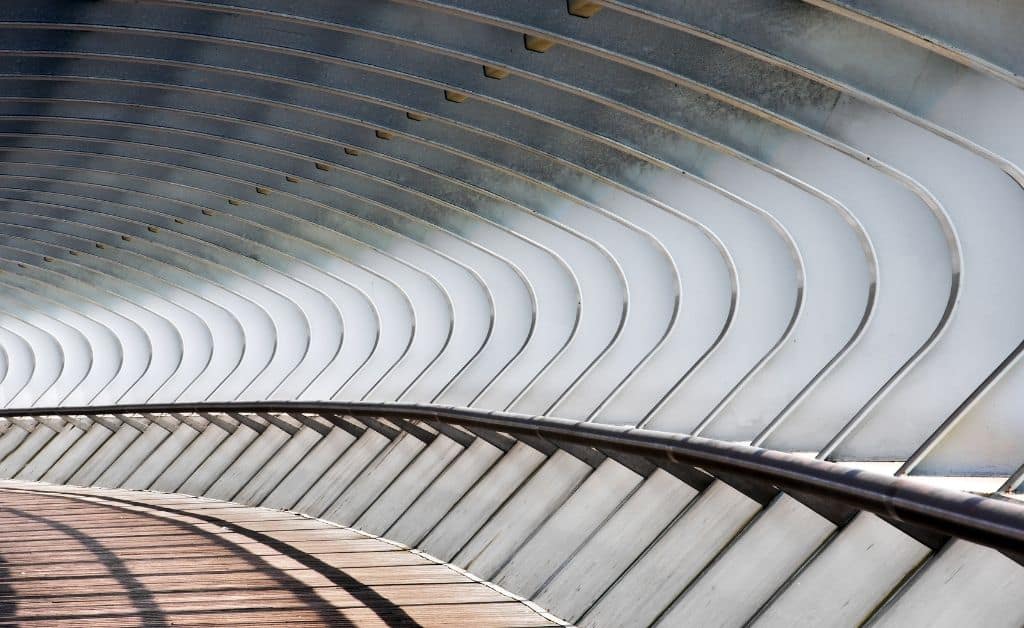How to render in Rhino 3D?
You have completed your design, but are you looking for step-by-step instructions on how to set up the rendering in Rhino 3D? In order to start rendering, you need to check your design for four features: Lights, Material, Environment, and Ground Plane. You will use the Render command since you are ready to render. Here is a step-by-step guide about how to render in Rhino 3D.
Rhino offers full-color rendering with lights, transparency, shadows, textures, and bump mapping. Until you add render color, highlight, texture, transparency, and bumps, objects will appear white. In the Properties panel, click on the Material tab to modify these attributes. Let’s look at the options.
STEP 1 – Lights
When you do not add any light sources to your scene, Rhino uses the default light. Default light refers to the directional rays of a light that acts like a lamp shining over your left shoulder.
You can add indoor lights or turn on the Sun.
Indoor Light Options,
-Spotlights
-Directional Lights
-Linear Lights
-Point Lights
-Rectangular Lights
STEP 2 – Materials
A material is specified by its color, finish, transparency, texture, and bump.
1. Materialize the layers
– Select one or more layers in the Layers panel, and click the Material column
– Select a material from the Layer Material dialog box.
2. Assign materials to objects
– Select an object
– Go to the Material page of the Properties Panel and select a material
3. Drag and drop materials on objects
– Click a material thumbnail in Material Editor and drag it to an object
– When the cursor is over an object, it is highlighted.
STEP 3 – ENVIRONMENT
An environment is a space in which the model resides. It provides overall illumination and reflects objects.
– Open the Environment Editor Panel
– Configure the environment properties.
The rendering properties include environment settings such as background color and image.
STEP 4 – GROUND PLANE
For the image, the ground plane provides an infinite horizontal platform that extends to the horizon in all directions and is positioned at a defined elevation. As a background, a ground plane renders much faster than a surface. On the ground plane, any material can be used.
– Open the Ground Plane panel
– Set up ground plane properties
You’re ready to render your 3D Design now that you’ve set all the options.
– Click Render in the Render menu
– On the File menu of the Render Window, click Save As
You just need to wait until rendering is complete. It might take some time. To learn more about Rhino 3D, come to Backstudio Milan’s Rhino 3D Workshop or course. It’s time to take the next step in your professional life. Let’s try our demo class for free if you would like to take a test.

